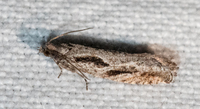
| Recorded by: Emily Stanley on 2025-04-04
Buncombe Co.
Comment: | 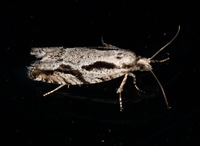
| Recorded by: Jim Petranka on 2024-04-07
Madison Co.
Comment: |
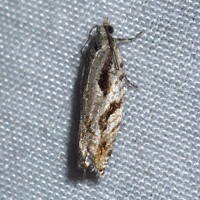
| Recorded by: David George, Jeff Niznik on 2024-04-01
Chatham Co.
Comment: | 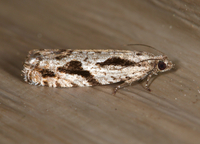
| Recorded by: Jim Petranka on 2024-04-01
Madison Co.
Comment: |

| Recorded by: Jim Petranka on 2024-04-01
Madison Co.
Comment: | 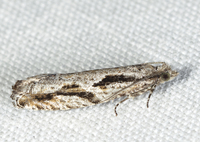
| Recorded by: John Petranka on 2024-03-04
Orange Co.
Comment: |
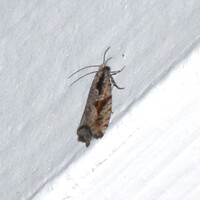
| Recorded by: Jeff Niznik, Stephen Dunn on 2024-03-03
Orange Co.
Comment: | 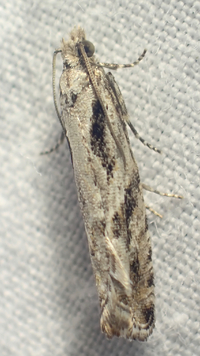
| Recorded by: tom ward on 2022-04-06
Buncombe Co.
Comment: |
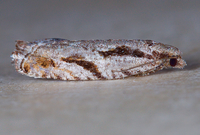
| Recorded by: Jim Petranka on 2022-03-23
Madison Co.
Comment: | 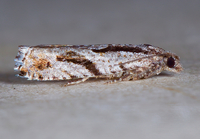
| Recorded by: Jim Petranka on 2022-03-23
Madison Co.
Comment: |
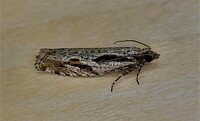
| Recorded by: Gary Maness on 2021-03-12
Guilford Co.
Comment: | 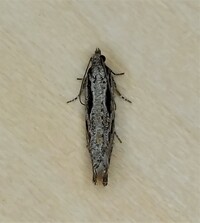
| Recorded by: Gary Maness on 2021-03-12
Guilford Co.
Comment: |
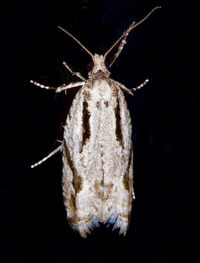
| Recorded by: Jim Petranka and Becky Elkin on 2020-03-29
Madison Co.
Comment: | 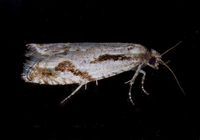
| Recorded by: Jim Petranka and Becky Elkin on 2020-03-29
Madison Co.
Comment: |
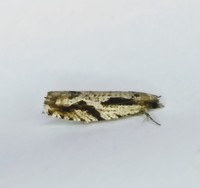
| Recorded by: Gary Maness on 2020-03-12
Guilford Co.
Comment: | 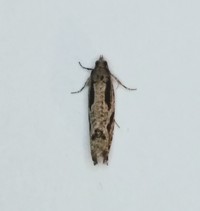
| Recorded by: Gary Maness on 2020-03-12
Guilford Co.
Comment: |

| Recorded by: Robert Gilson on 2015-03-25
Mecklenburg Co.
Comment: | 
| Recorded by: Tony DeSantis on 2015-03-23
Durham Co.
Comment: |
|

 »
»



 »
»

